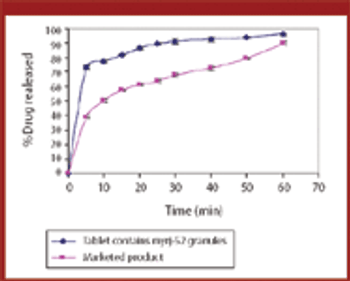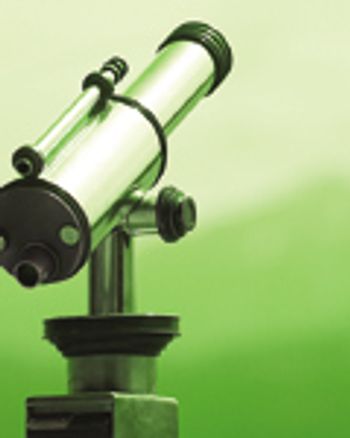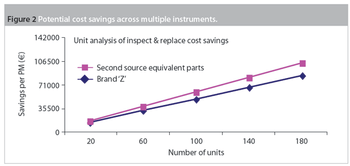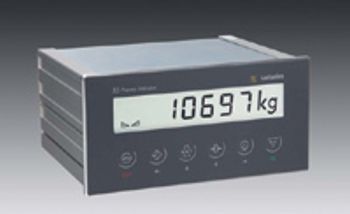
Merck & Co. initiated a voluntary recall of 11 lots of its Haemophilus influenzae type B vaccine, Pedvaxhib, and two lots of its combination Haemophilus influenzae type B/ hepatitis B vaccine, Comvax.

Merck & Co. initiated a voluntary recall of 11 lots of its Haemophilus influenzae type B vaccine, Pedvaxhib, and two lots of its combination Haemophilus influenzae type B/ hepatitis B vaccine, Comvax.

Company and People Notes: West to reduce workforce, Eli Lilly's CEO and chairman to retire, more...

Company and People Notes: Eisai Acquires MGI Pharma, Ceregene Names CEO, More

Company and People Notes: Boehringer Ingelheim Expands Facility, Regulus Therapeutics Names President and CEO, More

Expansions

Various manufacturing techniques can improve a drug's solubility, thus increasing its bioavailability. The authors examined whether melt granulation can enhance drug solubility using meloxicam as the drug substance and myrj-52 as the binder.

In honor of Pharmaceutical Technology's 30th anniversary, the editors conducted a survey of 320 readers last spring to discuss industry advances and future directions. Here are some of your foward-looking responses.

Industry and regulatory organizations agree that the current focus on product quality will play a major role in shaping pharmaceutical development in the future. Key to this assessment of quality are the methods and technologies in pharmaceutical analytical testing.

How do you answer an inspector's questions? How do you validate analytical methods? One book has answers for compliance professionals.

"May you live in interesting times," goes the allegedly ancient Chinese curse. Well, these have been "interesting times" indeed for those working in the pharmaceutical industry.

Company and People Notes: ISP to raise prices, Patheon appoints CEO, more.

Company and People Notes: Cambridge Major Labs acquires ChemShop; Helix BioPharma restructures senior positions, more.

Company and People Notes: BASF raises prices on excipients; Verus Pharmaceuticals appoints president and CEO; more.

Submitting a safety update to European regulators, Novartis provided data showing its 100-mg once-daily dose of ?Galvus? (vidagliptin), an oral type 2 diabetes treatment, has more frequent liver enzyme elevations in patients than its already approved 50-mg once- and twice-daily doses.

Pfizer's Lipitor patent revoked in Germany, promotions at Charles River Labs, more.

Editors' Picks of Pharmaceutical Science & Technology Innovations

In this study, fault tree analysis applied to a water pretreatment and purification installation exposed cause-and-effect complex interrelations in possible fault events.

News and Views

Maintenance and service-related items are often the second-largest budget element in a laboratory after salaries and benefits. Within maintenance, preventive maintenance (PM) is a substantial portion of the budget. Traditionally, PM was an equipment maintenance philosophy based on replacing, overhauling or remanufacturing a piece of equipment at fixed intervals, regardless of its condition at the time. In essence, it involved fixing something that wasn't necessarily broken and this approach is still widely used in the pharmaceutical industry.

Company Notes: Gibraltar expands facilities; Allozyne appoints new president and CEO, more.

Company and People Notes: ImClone, BMS, and Merck form agreement; CRI Worldwide names new CEO, more.

Company and People Notes: Orexo acquires Biolipox, Avalon cofounder resigns, more...

Company and People Notes: Novartis and MIT to study continuous processing, GSK appoints Andrew Witty as CEO, more.

Company and People Notes: Thermo Fisher Scientific buys Priority Solutions International, Wyeth elects new president and CEO, more.

Carl Zeiss MicroImaging (Thornwood, NY) recently introduced its "Colibri" light-emitting diode (LED) light source for fluorescence microscopy. The product is "the only LED light source optimized for white-field microscopy systems," says Becky Homan, product manager for biomedical light microscopy.